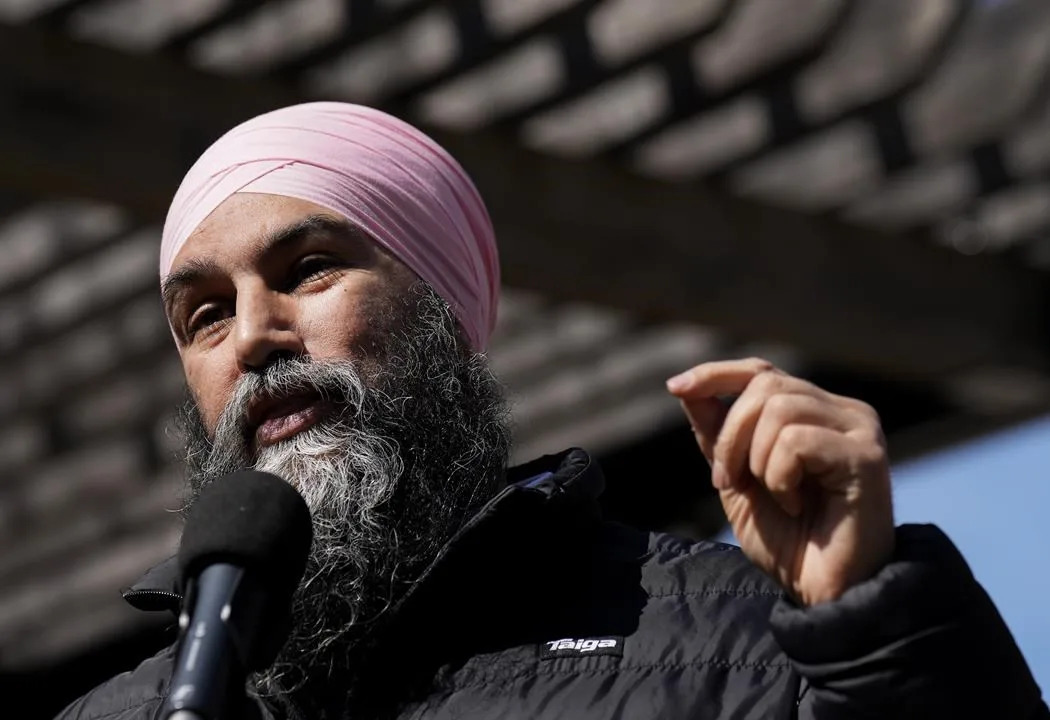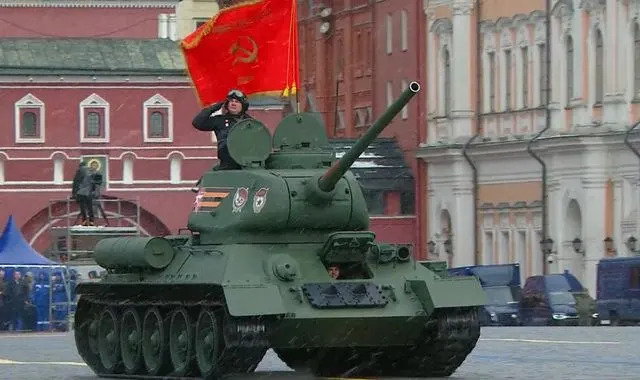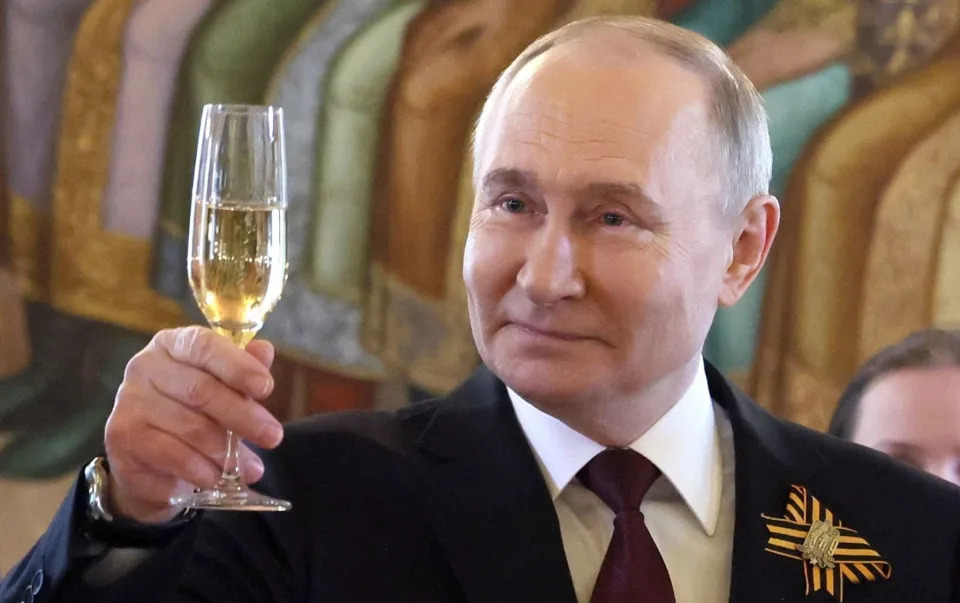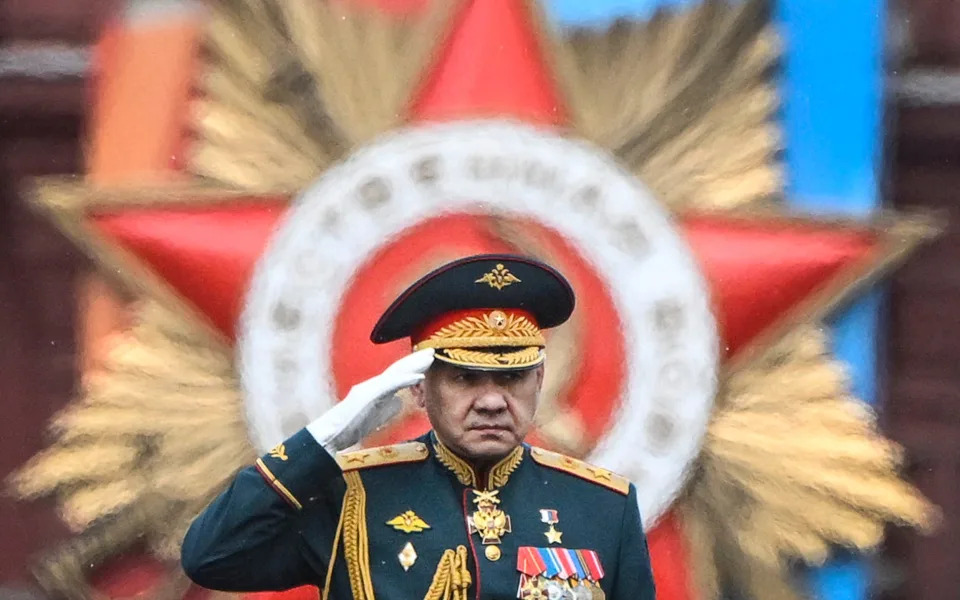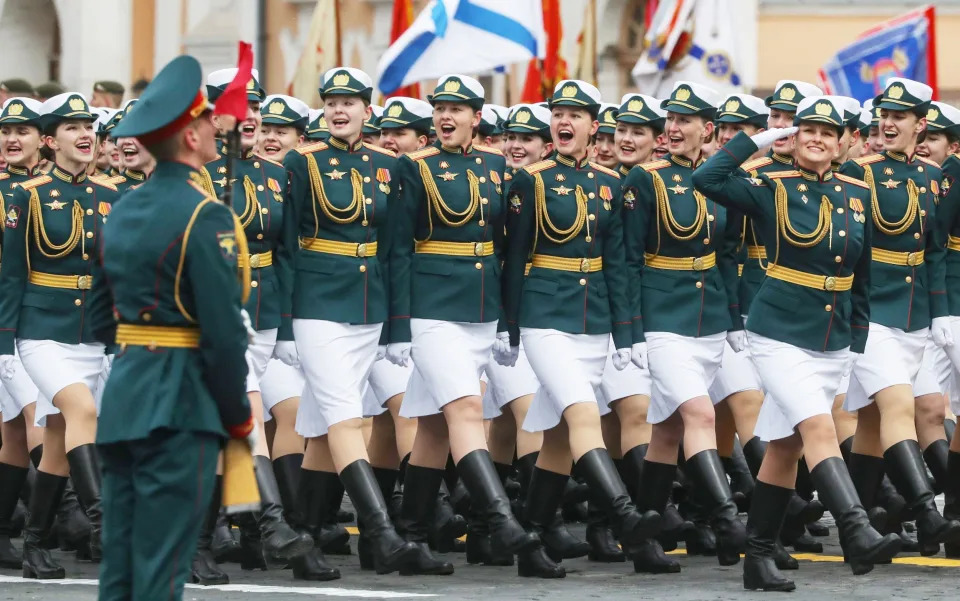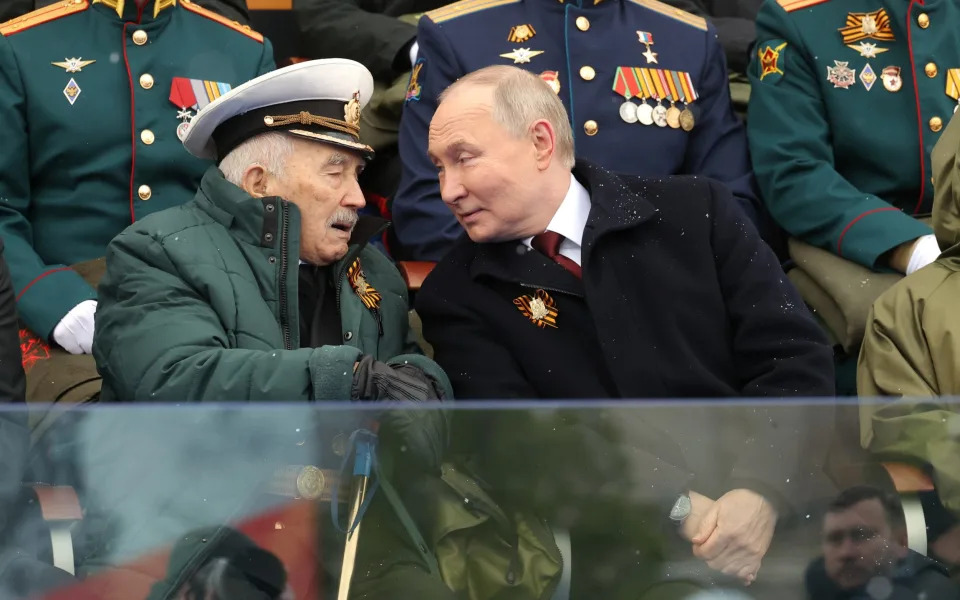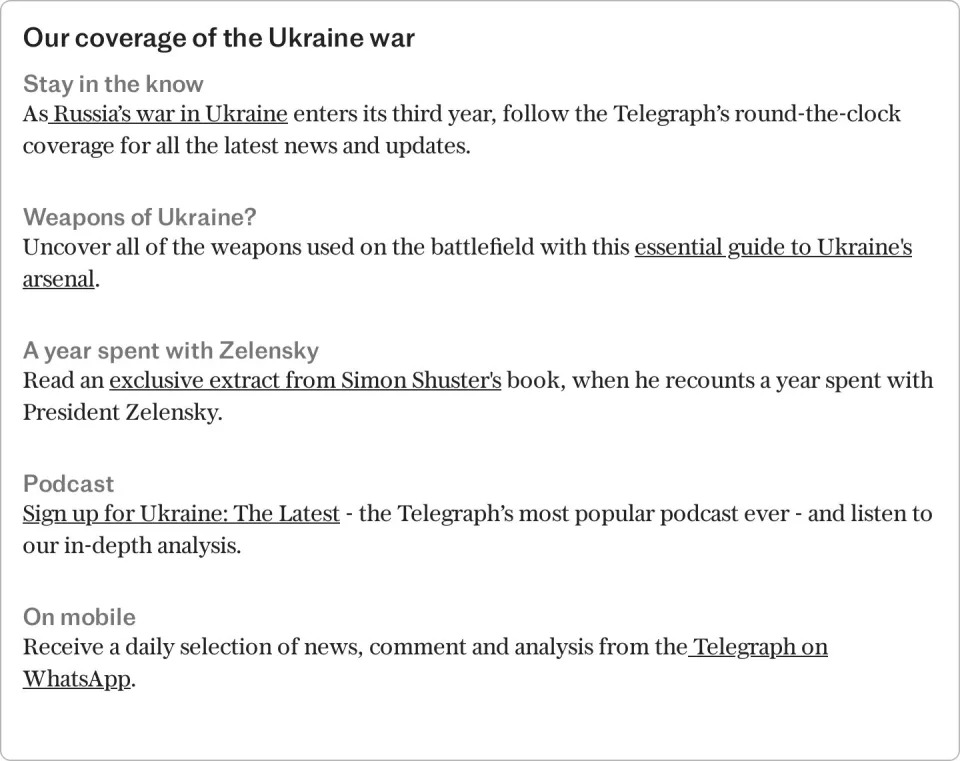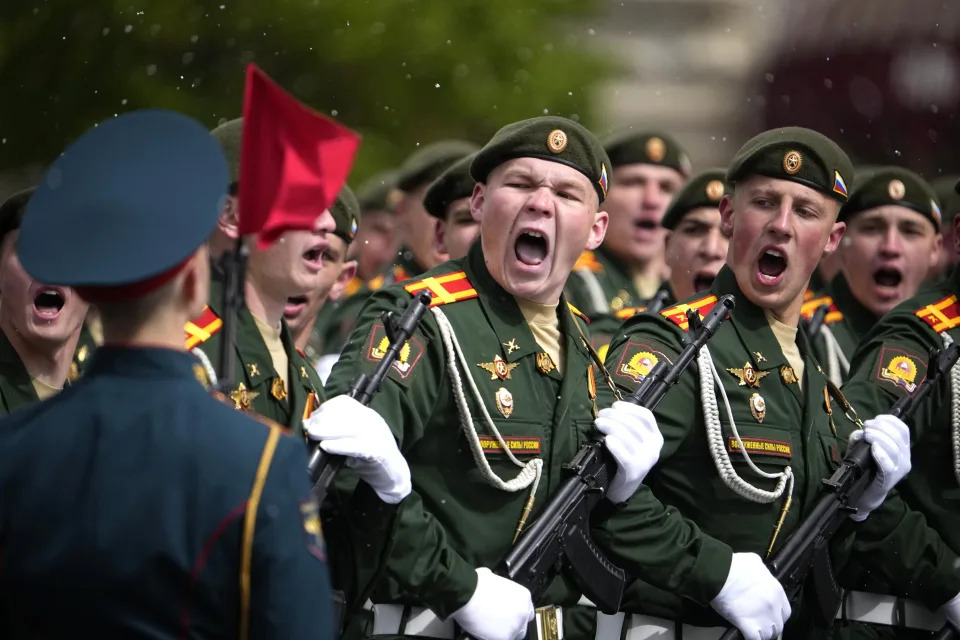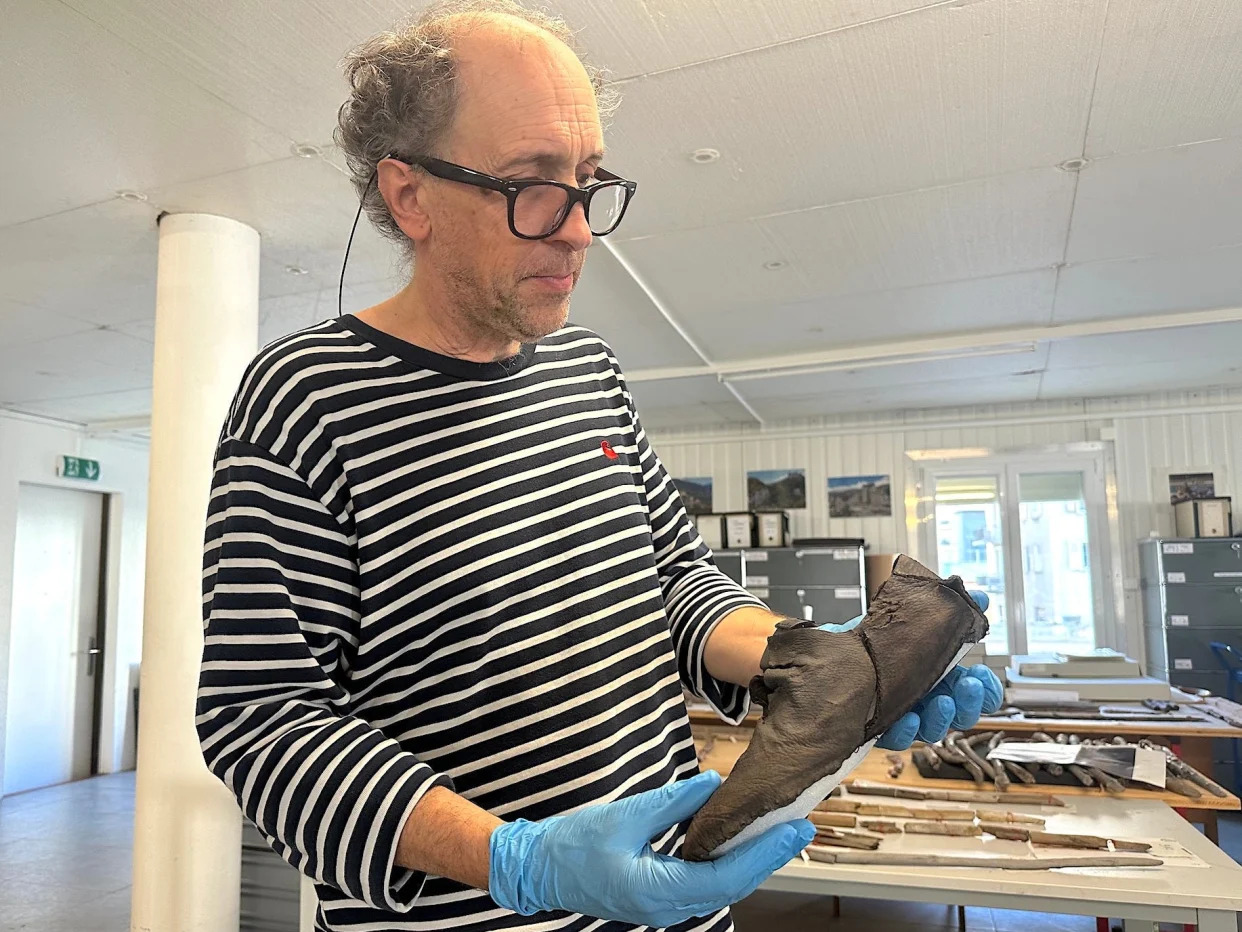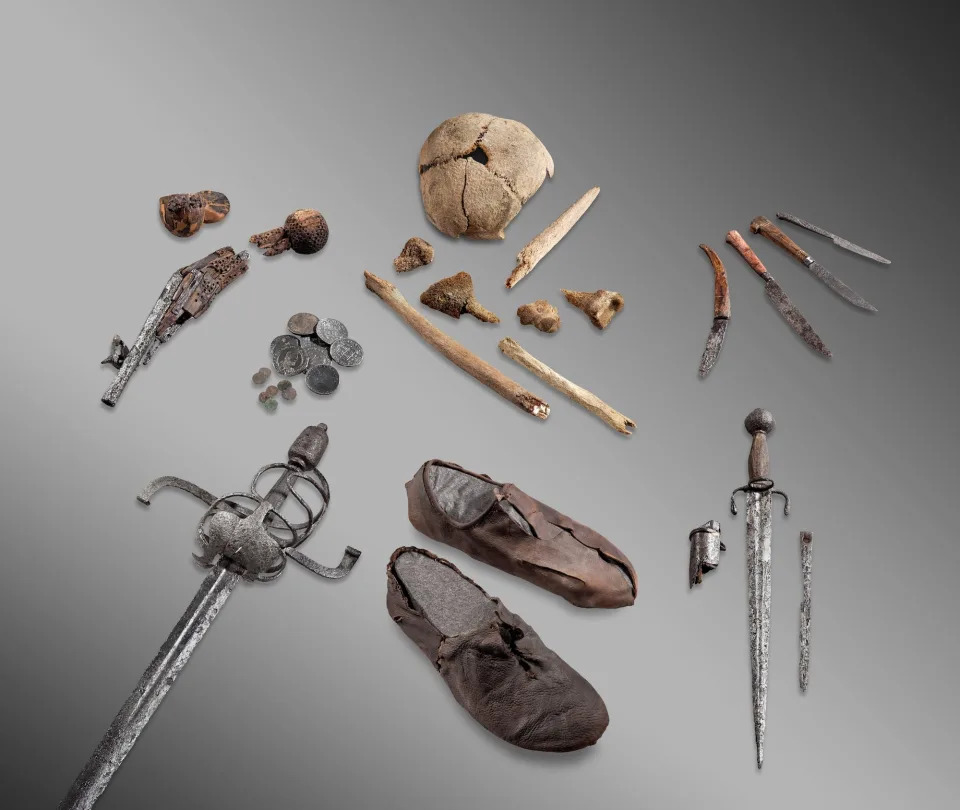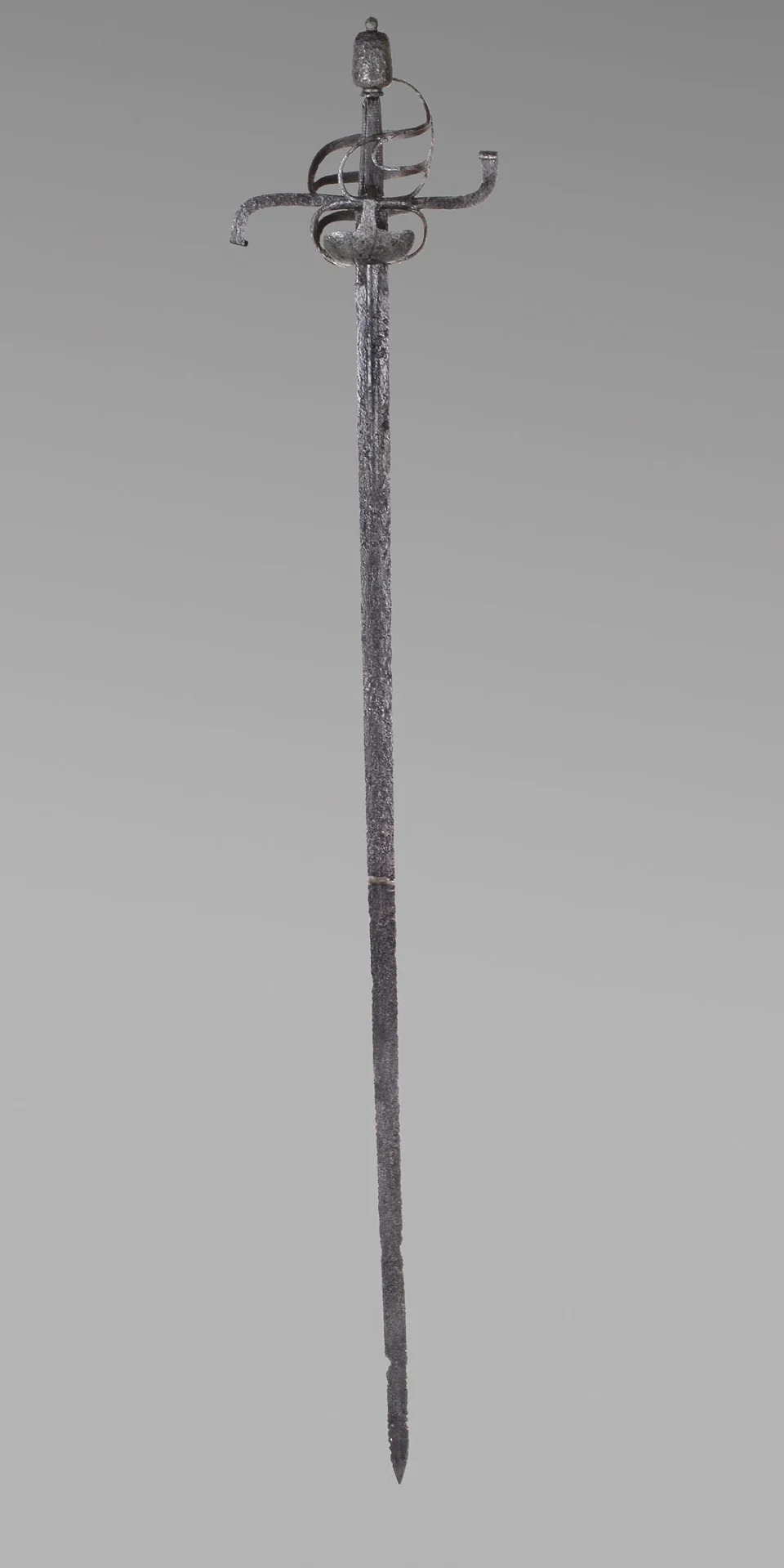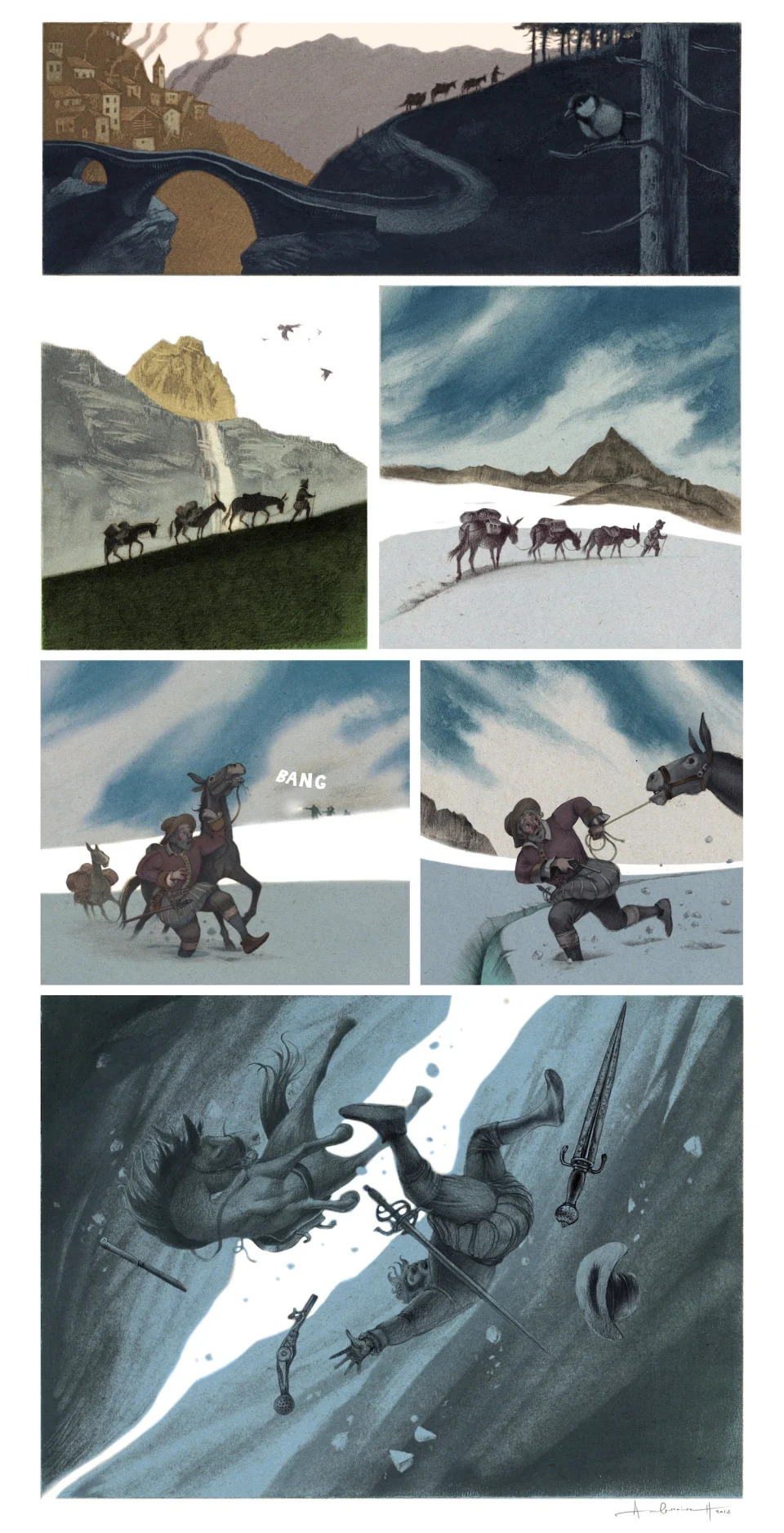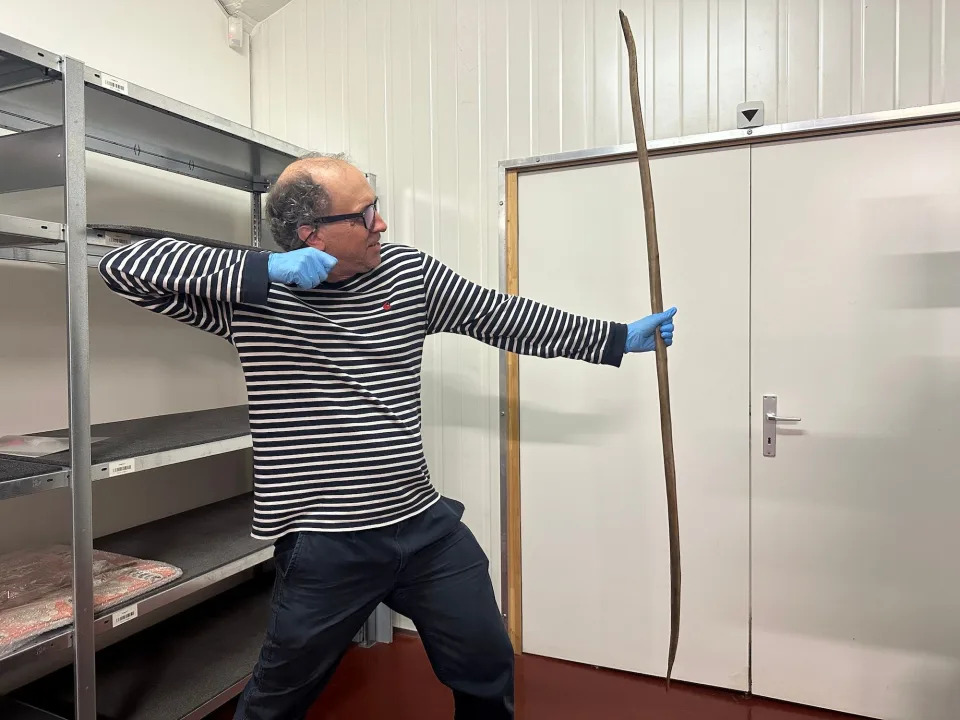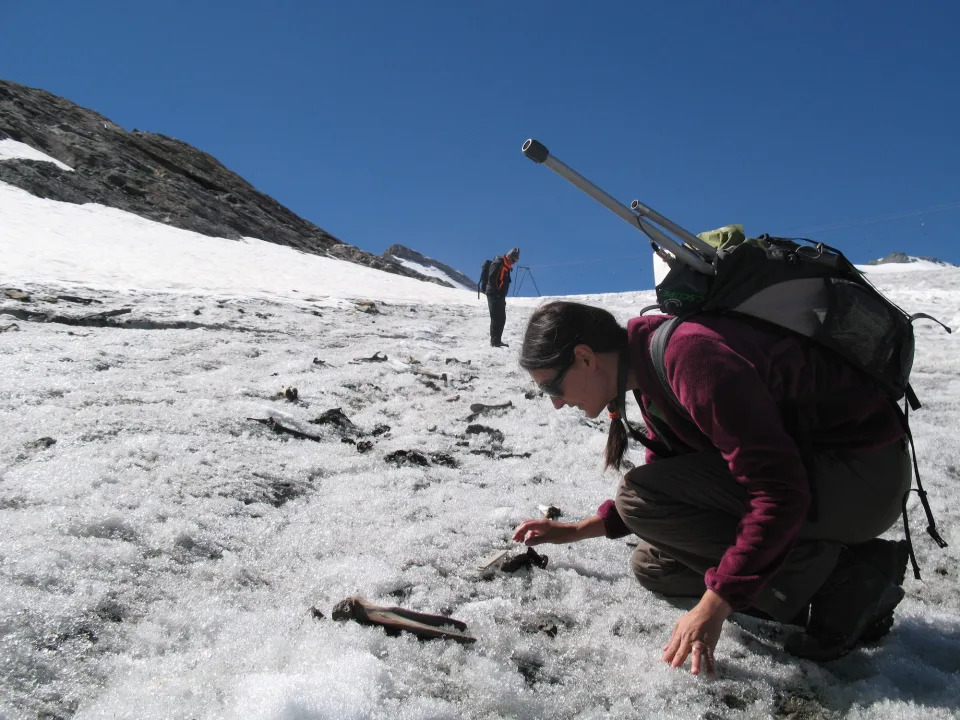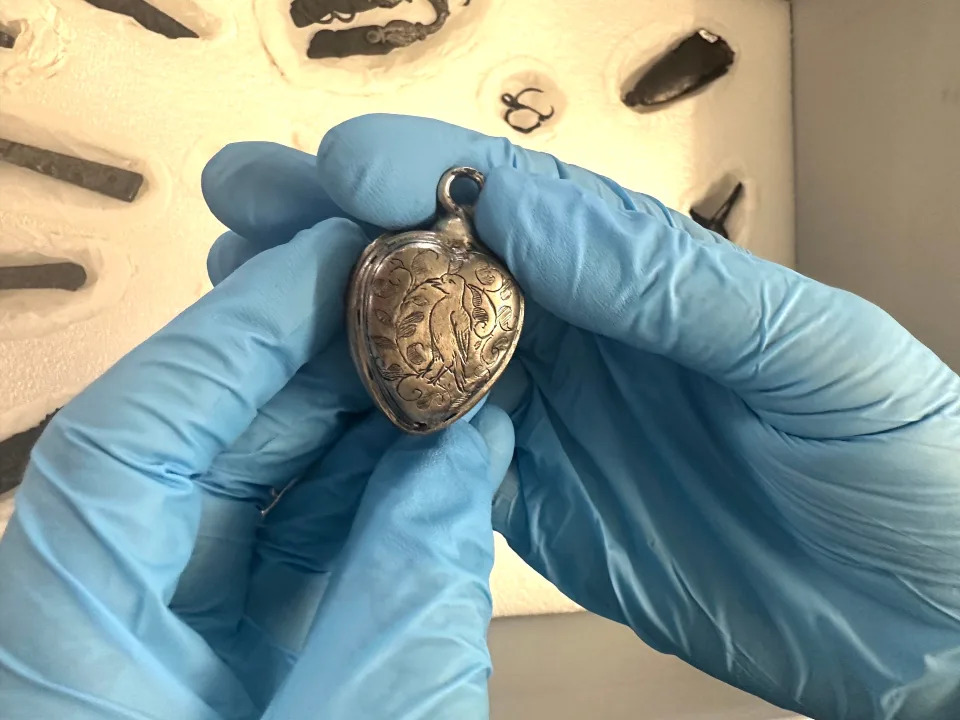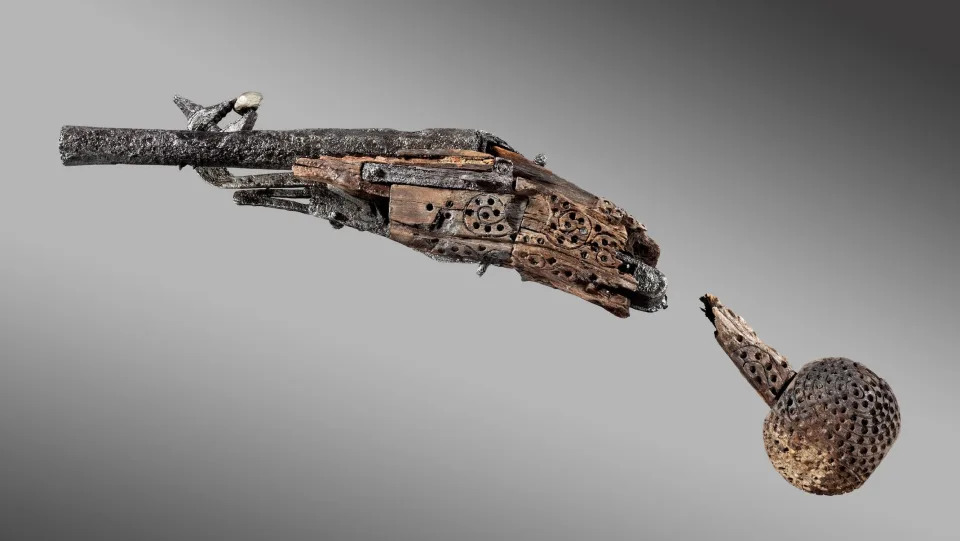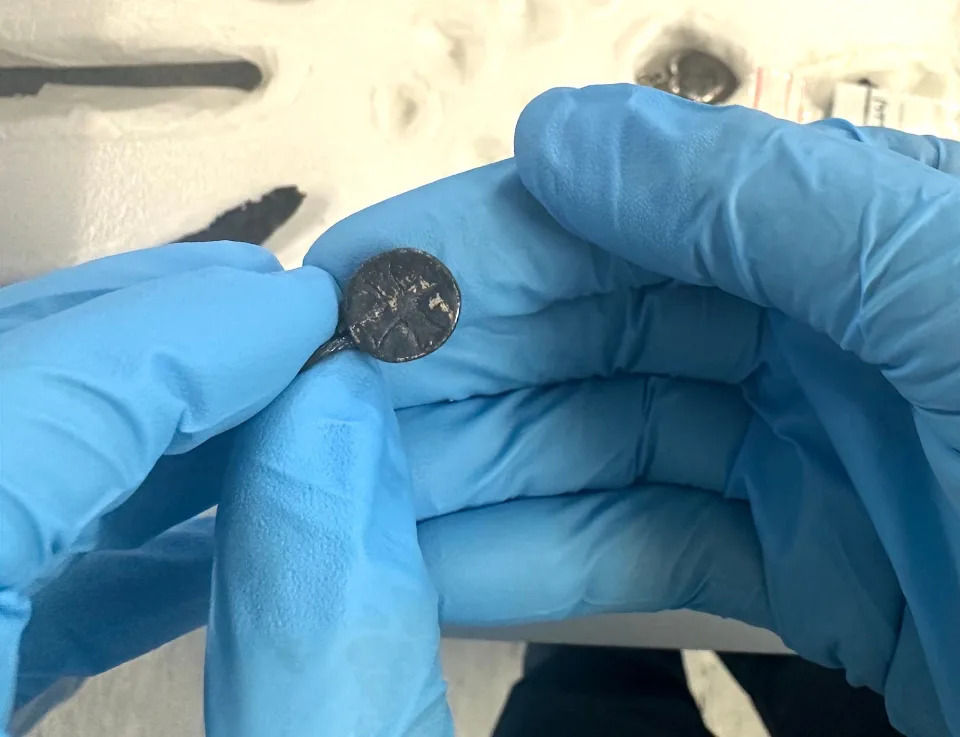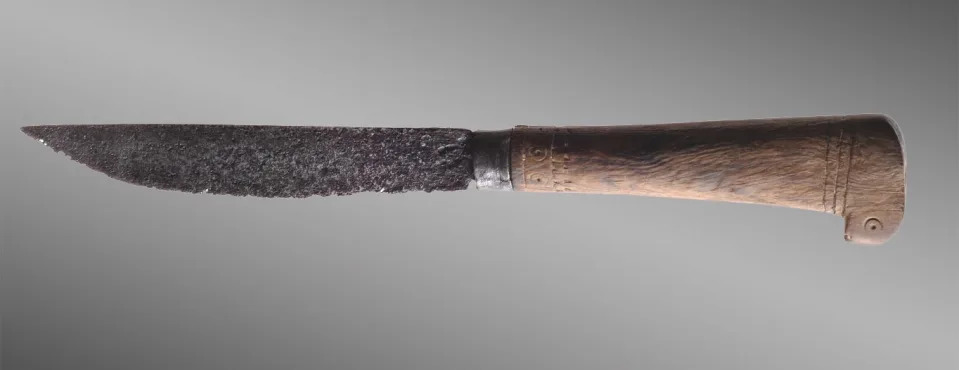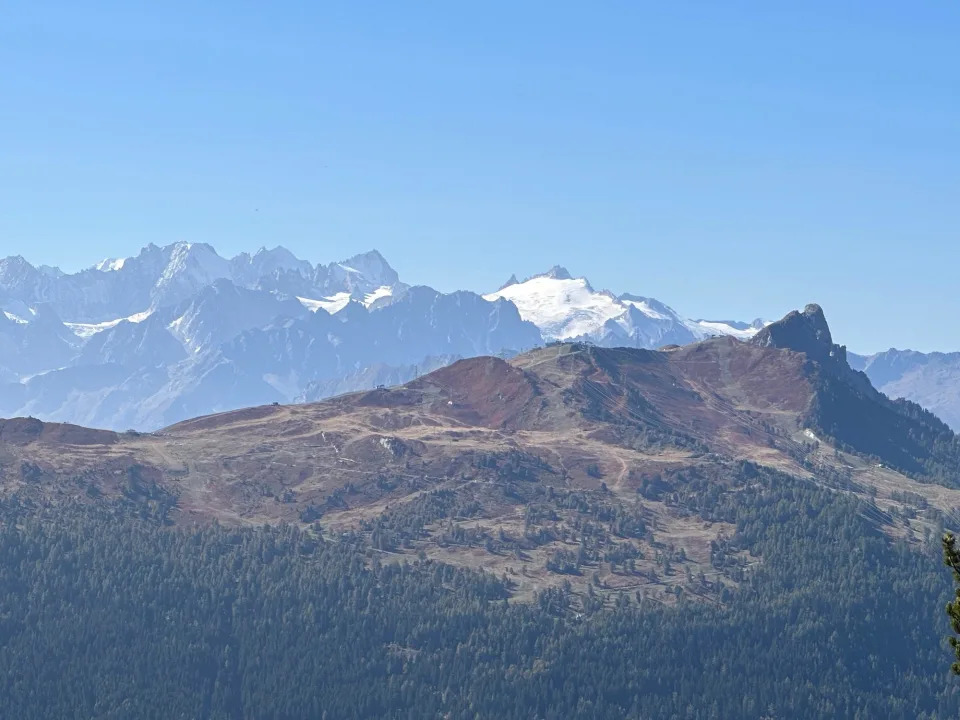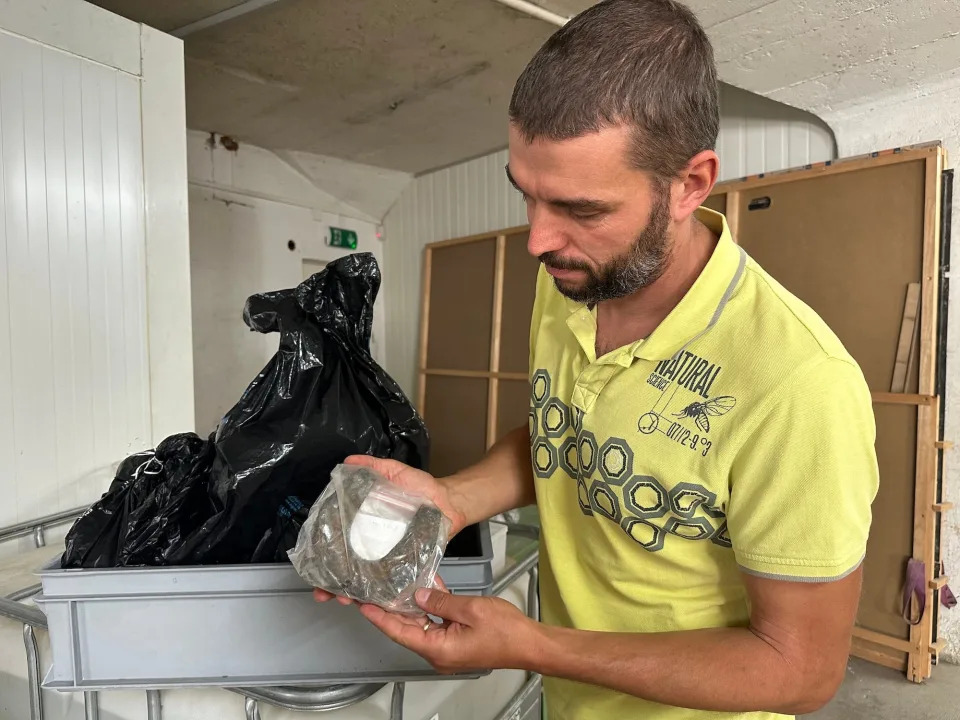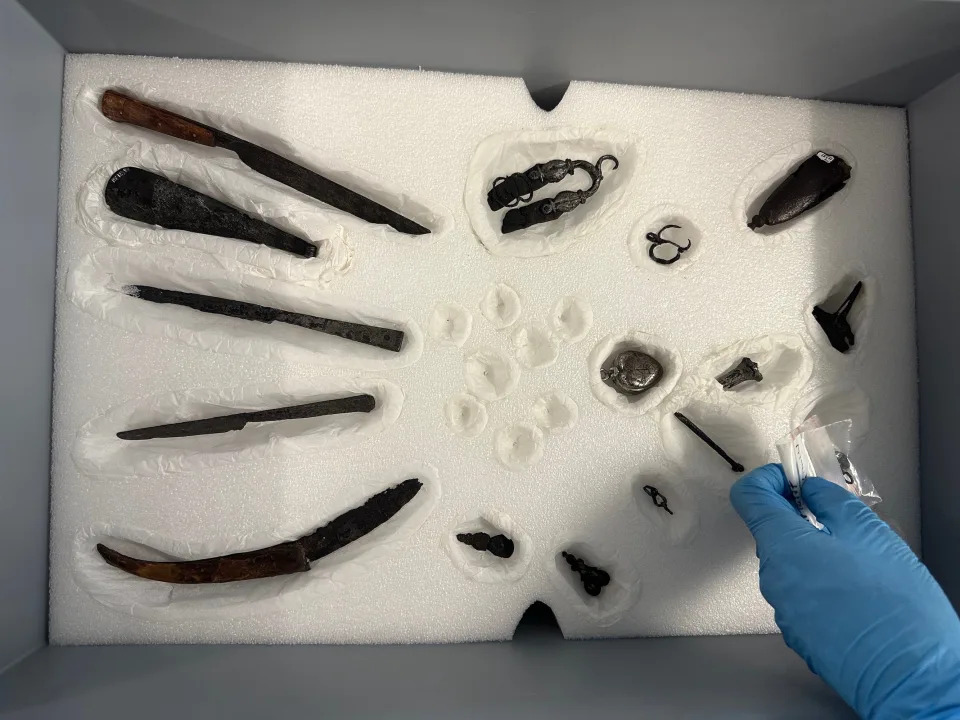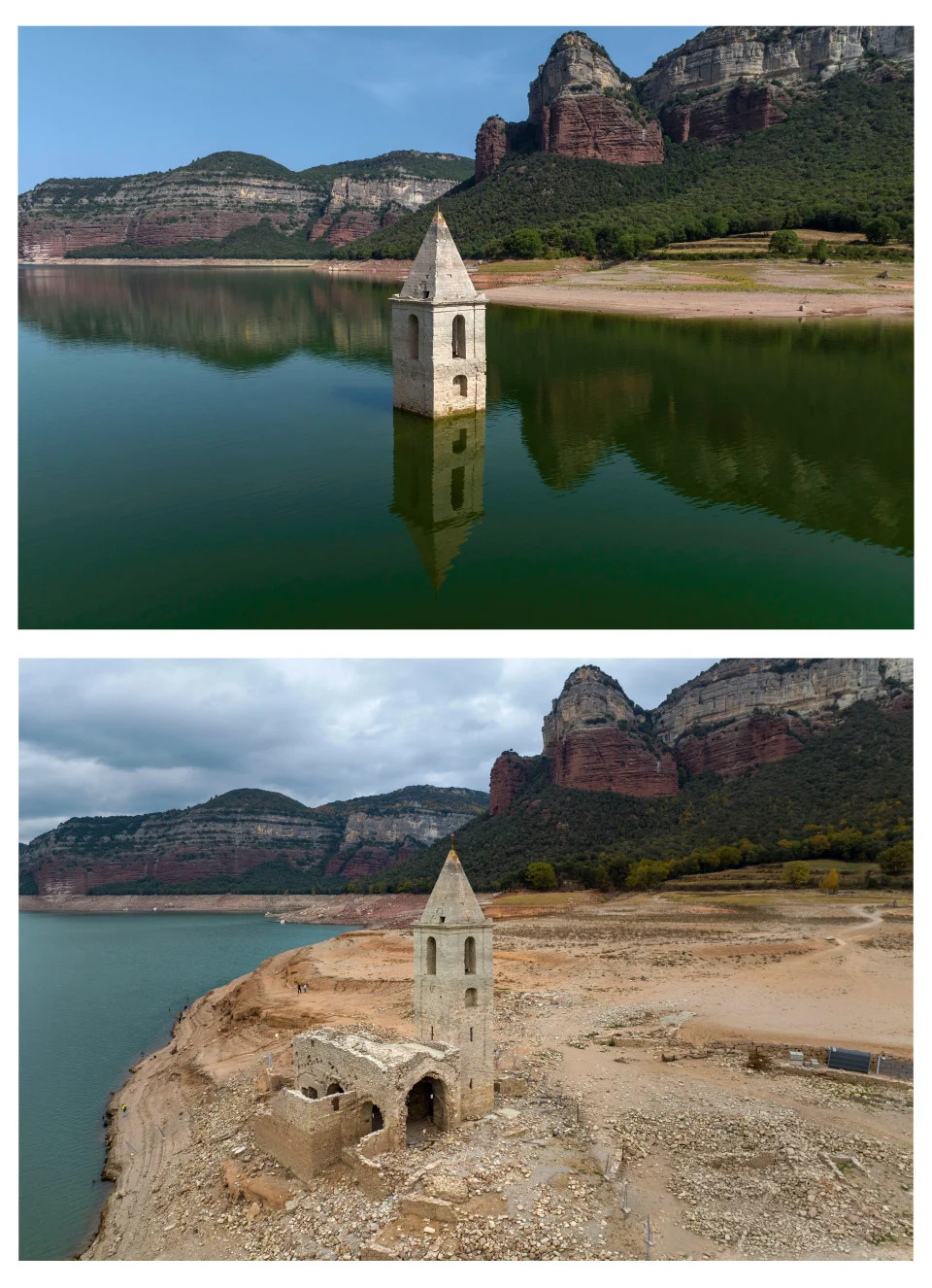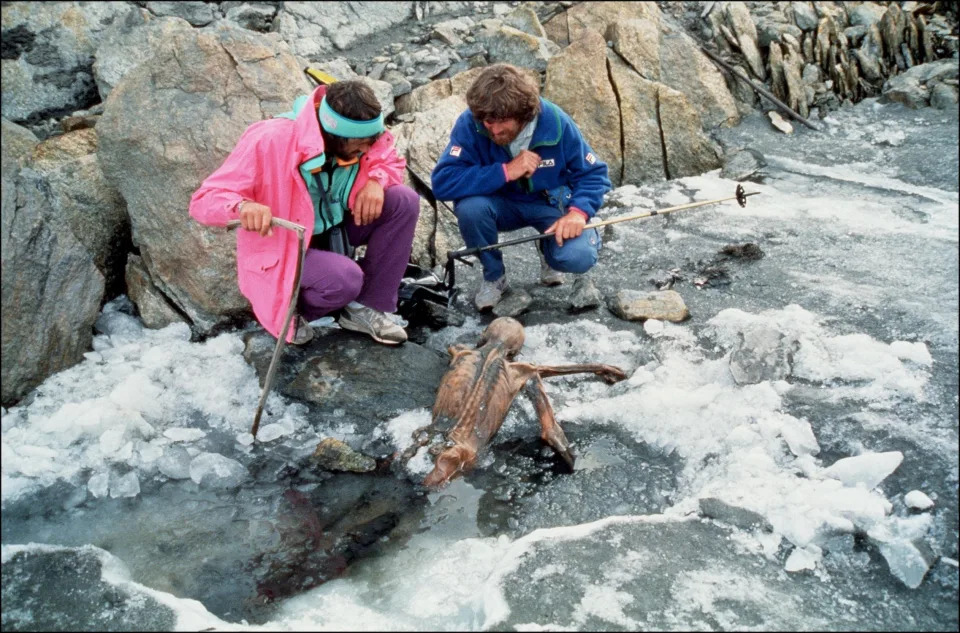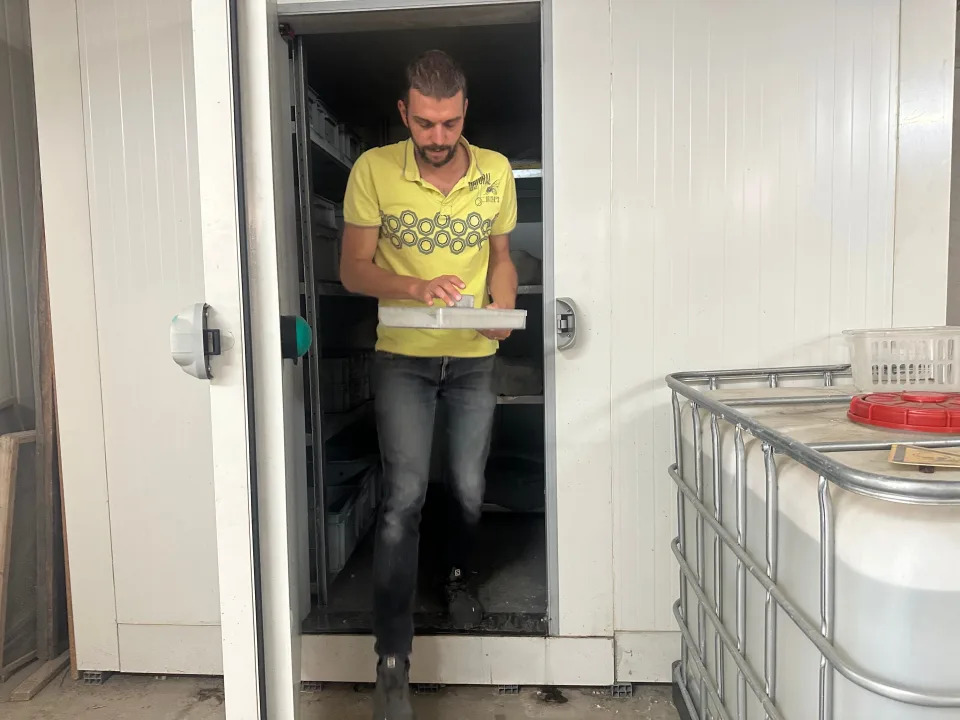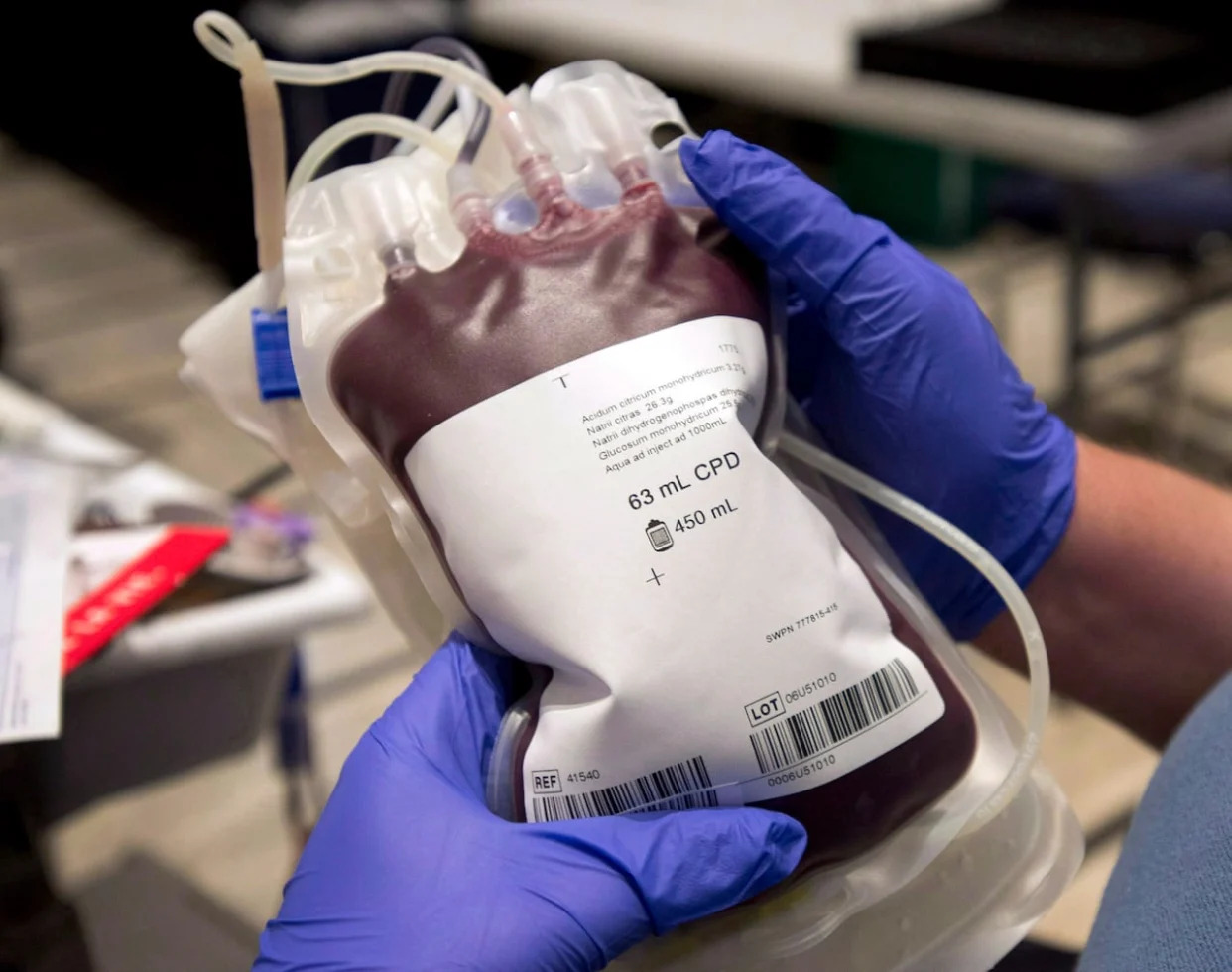'The government's shambles of an environment plan is exposed in all of its ineptness’
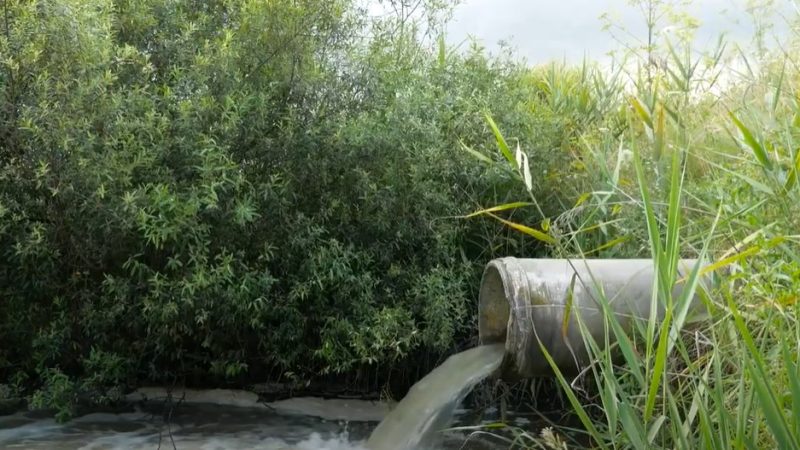
The UK government is failing to put in place EU clean water laws post-Brexit which means England’s rivers are likely to remain in a poor state for years, an environment watchdog has warned.
The Office for Environmental Protection (OEP) has issued a damning verdict for England’s riverways predicting that the aim for all UK rivers to reach good ecological status by 2027 will not be met if the current course continues.
UK regulators have failed to match EU measures to improve the conditions of rivers post-Brexit, which the report said was ‘deeply concerning’. After Brexit the UK was no longer required to match EU regulations and now uses its own watchdog, the OEP.
Only 14% of England’s rivers were classified “good” in 2019, and this number was predicted to drop to 6% if new measures weren’t introduced, the Environment Agency warned at the time.
However the latest OEP report said there had been “little change in recent years” finding that England is failing to put in place adequate protection to clear up pollution and sewage now that it’s not being held to EU standards for waterways.
The new findings predicted under the worst-case assessment that just 21% of surface waters will be in a good ecological state by 2027.
Since Brexit, the UK government has chosen to test water quality every three years rather than annually which was being done before. While campaigners have raised concerns that ministers are planning to assess waterways under a new, undisclosed, framework which it’s feared will not be as rigorous.
The report also found insufficient funding to meet targets and highlighted not enough monitoring of waterways was taking place making it extremely difficult to clean them up.
Contributing LFF Editor Prem Sikka called it “Another Brexit Gift”.
Sikaa said: “England’s rivers to remain stinky because the government failed to replace EU clean water laws. It will cost £51bn to clean up. Water companies dumped sewage, paid dividends. Polluter pays – make companies, their shareholders, execs pay.”
Campaigner Feargal Sharkey said: “With nowhere left to hide govt’s shambles of an environment plan is exposed in all of its ineptness. Even fiddling the numbers wasn’t enough.
“Time for change.”
Founder of the River Action campaign group Charles Watson called the report a “devastating vote of no confidence” in the government’s environmental protection plans, and highlighted that England was “the dirty man of Europe”.
Watson said: “A damning vote of no confidence in DefraGovUK’s ability to deliver on its legal obligations to bring the majority of our water bodies to good ecological condition by 2027. No plan, No timetable, No funding.”
Another X user wrote: “Brexit means swimming in shit. Not just metaphorically, but literally.”
Hannah Davenport is news reporter at Left Foot Forward



